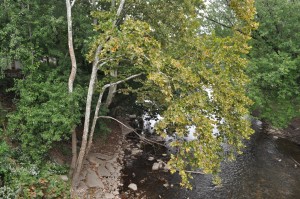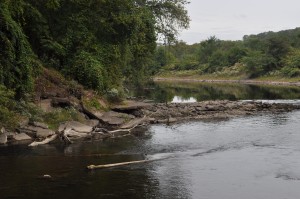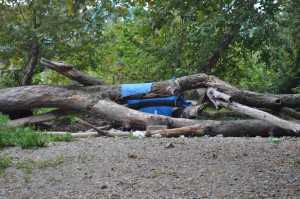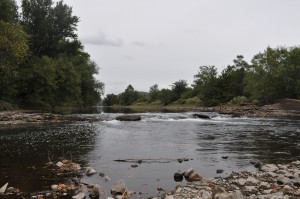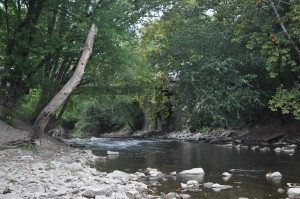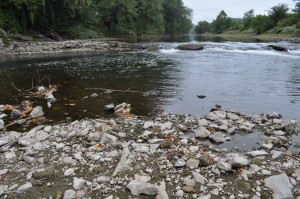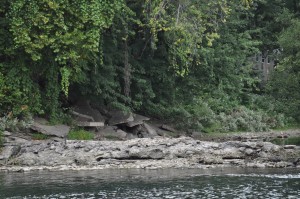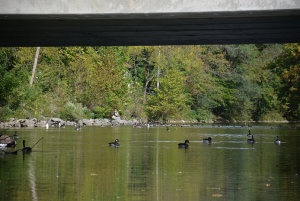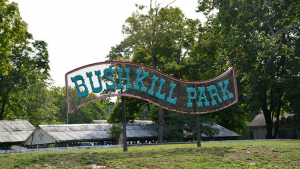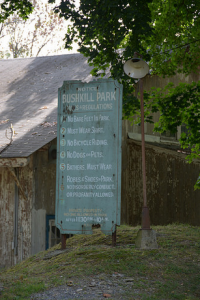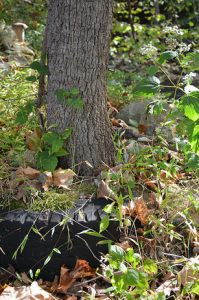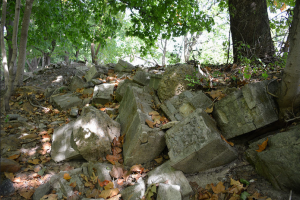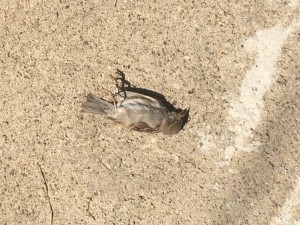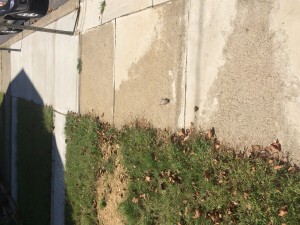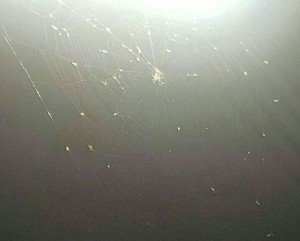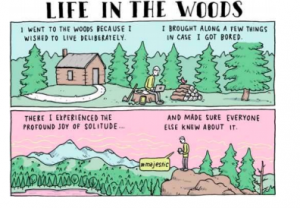Today for conservation biology lab we took a trip to Mariton Wildlife Sanctuary. Mariton is a 200 acre park that is located over the Delaware River. The purpose of our lab was to compare the species richness and the diversity of the birds in two locations, one in the center of the park and the other along the edge of the sanctuary. To do this we went to our assigned spots in the park and in 15 minute intervals we observed and recorded the birds we heard and saw. Fortunately the Preserve Manager, who is really good at identifying bird calls and bird type,s came along with us to help us identify each bird call and sighting. While we were doing this and I was listening for bird calls and trying to identify each bird I kept thinking of this quote from The Diary of a Citizen Scientist where Russell writes, “When you’re a hammer everything looks like a nail, and when you’re looking for the larval burrow whole of a Western red-bellied tiger beetle, you see a surprising number of holes you’ve never seen before. Usually not the same size or shape, but you look inside anyway because you want to know: who lives in all these holes? (117).”
When we first started to listen for birds, I heard sounds I usually do not notice and every sound I heard I thought was a bird, when in reality the Preserve Manager said some of the sounds I was hearing were insects or frogs in the park. I really identified with Russel’s comparison to when you are a hammer everything looks like a nail and while I was listening for bird sounds for the first time everything sounded like a bird call. When the park manager would tell me they were not bird calls I was so curious what animal it was, but unfortunately he didn’t know for sure.
Some of the birds we identified at Mariton were common birds like cardinals and blue jays, but we also identified some other types of birds. Below are their names and pictures:
Red belly woodpecker:

Tuft Titmouse:

Downy Woodpecker:
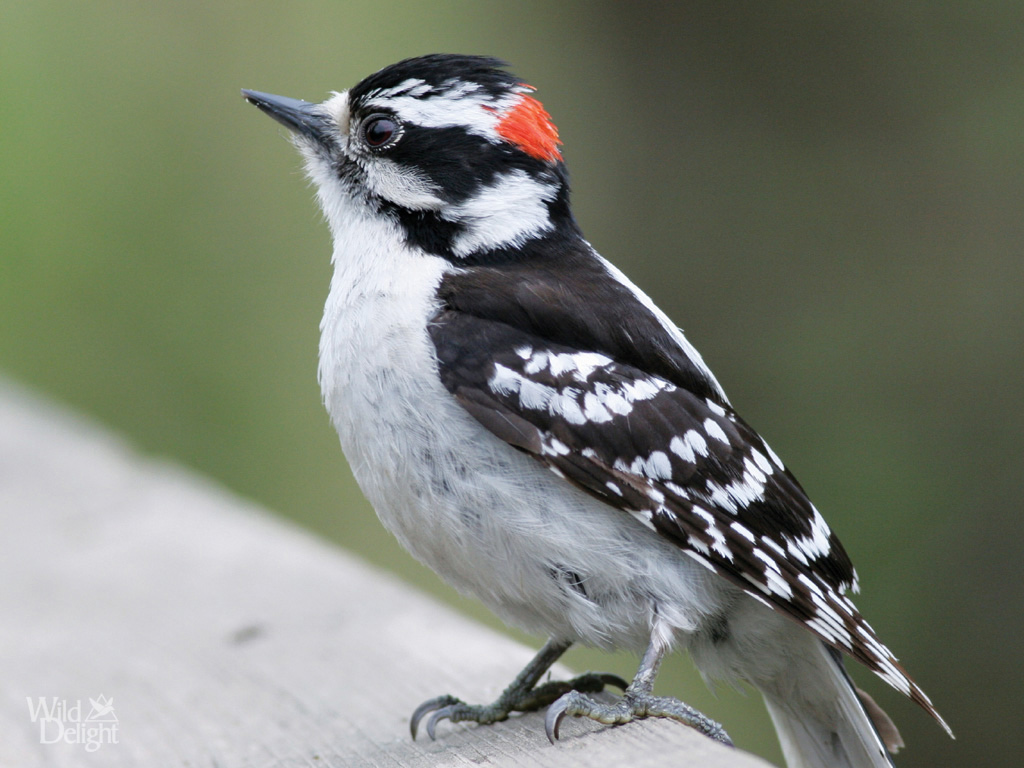
Turkey Vulture:


